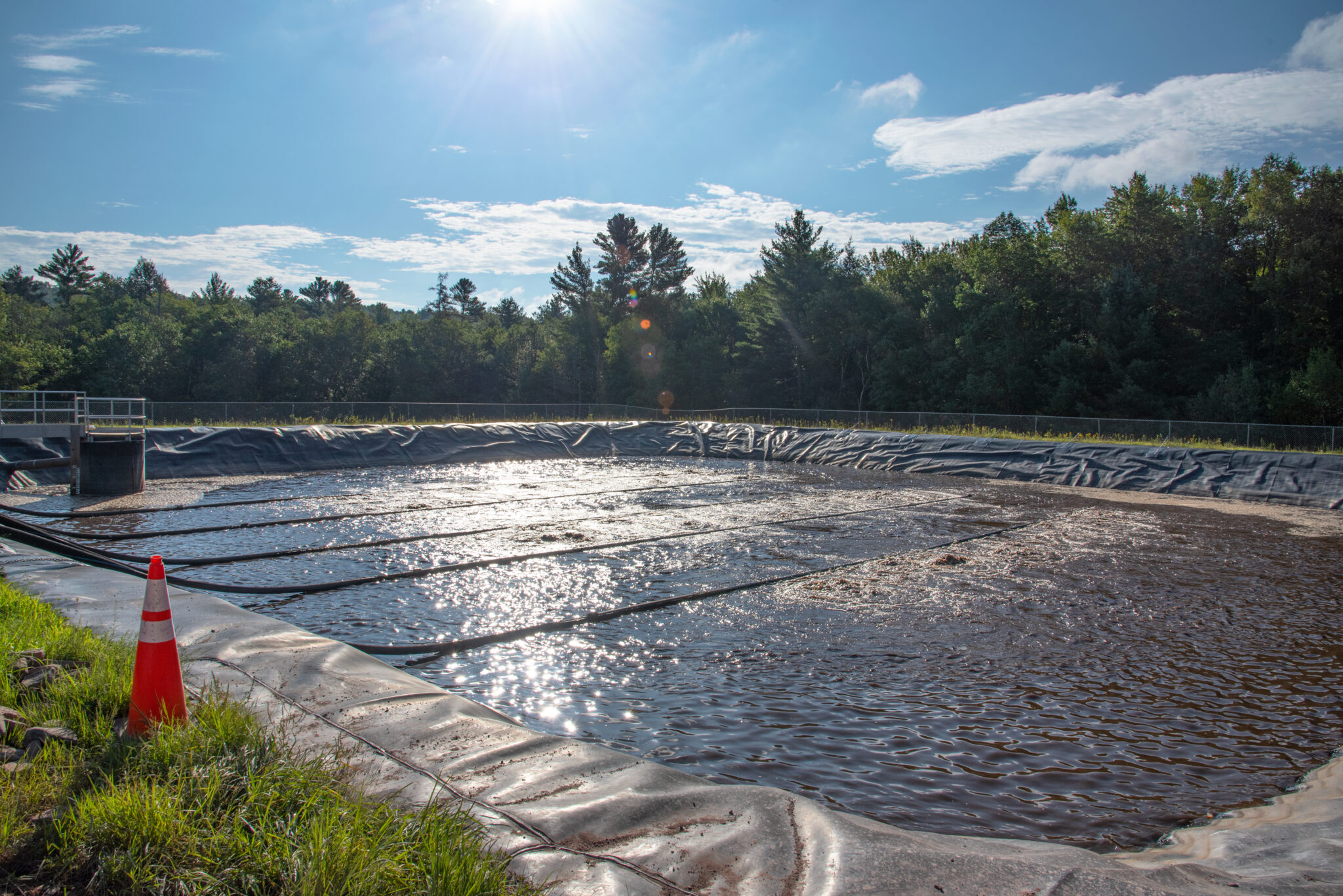Did you know that software engineering is a branch of computer science?
All technology fields are built on the principles of computer science, which encompasses a wide variety of subfields, including artificial intelligence (AI), neural networks, technology for computing, and operating system development. As technology advances, we use computers in nearly all things we do. However, computing fosters creativity in all branches of the engineering field and offers solutions to a wide range of complex challenges that come with some projects’ scope of work.
Software engineering includes designing, improving, implementing, creating, testing, and maintaining complex computer programs. To create software solutions for end users, software engineers combine their expertise of programming languages with engineering principles. Some of the fundamental duties of a software engineer, also known as a software developer, include, but are not limited to, building and maintaining software systems, testing and assessing new software applications, and optimizing software. A software engineer must like problem-solving and possess good analytical abilities; as software engineering requires both strong communication skills and technical expertise, skill development is necessary.
All projects in civil engineering are completed using software. Therefore, every stage of a project, including drafting, recordkeeping, design, visualization, and assessment phases, involves the usage of software by engineers. Some of the top software used in civil engineering are:
- AutoCAD Civil 3D: A civil engineering drafting software with a wide range of design, analysis, and simulation features, Civil 3D is unquestionably the most popular application in the sector.
- MicroStation: A computer-aided design (CAD) software platform for two- and three-dimensional design and drafting. Architects, engineers, and construction professionals can use this software to make their vision a reality.
- Microsoft Project: This is Microsoft’s project management tool, and it is intended to help a project manager create timetables, allocate personnel to assignments, monitor progress, control costs, and assess workloads.
- Bluebeam: A multi-tool PDF editor called Bluebeam's Revu, or just Bluebeam, enables us to easily generate, change, and annotate PDF files.



